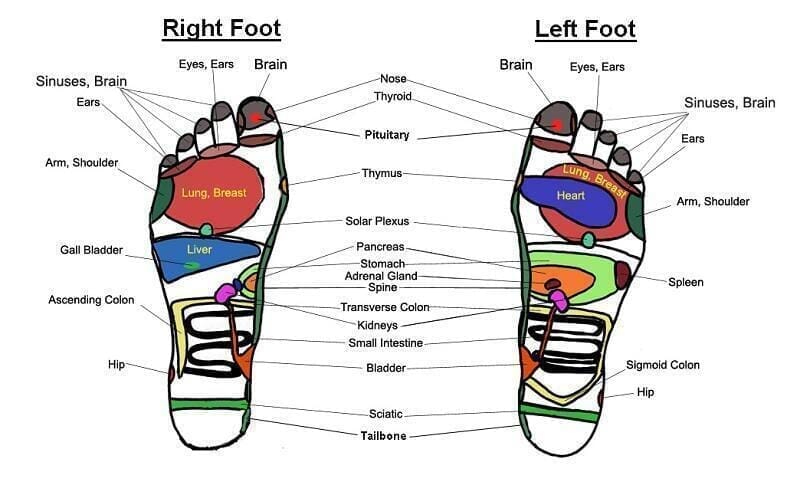What’s the Difference between Non-GMO and Organic? | Herbal Goodness
While going through shelves at your favorite grocery store, you are likely to see food labeled both as organic and non-GMO. Sometimes these labels appear in tandem on the same products, but they’re often mutually exclusive. Ever thought, so, what’s the difference between “organic” food and supplements, and those products labeled “non-GMO?”
Non-GMO means non-genetically modified organisms. GMOs (genetically modified organisms) are novel organisms created in a laboratory using genetic modification/engineering techniques. Scientists and consumer and environmental groups have cited many health and environmental risks with foods containing GMOs.

As a result of the risks, many people around the world are demanding “non-GMO” foods.
The “Non-GMO Project” label only verifies that a product doesn’t contain genetically modified (GMO) ingredients (or technically less than 0.9% GMOs). In the genetic modification (or engineering) of food plants, scientists remove one or more genes from the DNA of another organism, such as a bacterium, virus, animal, or plant and “recombine” them into the DNA of the plant they want to alter. By adding these new genes, genetic engineers hope the plant will express the traits associated with the genes.
What is Organic?
Simply stated, organic produce and other ingredients are grown without the use of pesticides, synthetic fertilizers, sewage sludge, genetically modified organisms, or ionizing radiation.
The exact definition of “organic” depends on which organic label is posted. The “100% Organic” label means that the product must contain 100% organically produced ingredients, which means no GMOs are allowed.
Certified organic foods are also non-GMO. USDA organic regulations prohibit any genetically modified (GMO) ingredients in a certified organic product. In order to qualify for the Certified Organic or USDA Organic labels, no more than 5% of a product’s makeup is permitted to be non-organic. All ingredients (including the “non-organic” 5%) must be on the USDA’s list of products permissible to be included in organic-certified foods.
Why are Some of Our Products non-GMO but not Organic
We scour the globe to find only the healthiest, happiest ingredients possible. That means, when we find our raw materials in non-GMO and organic we jump on the opportunity. However, sometimes the carriers we use in the product changes what we are allowed to put on the label. For example, we only use 100% certified organic papaya leaf in all of our products. However, sometimes it is hard to find organic glycerine to put the leaf into an extract. That's why the label still shows our liquid extracts as non-GMO, and our ingredients list shows certified organic ingredients, but our label does not say "certified organic". If even one small part of the product is not certified organic we are not allowed to claim the whole product is. We are currently working with our labs to find a better solution to make organic certified glycerine and capsules and bring you 100% organic certified finished products, so be on the lookout in 2018! In the meantime, please know that our purest ingredients are being used to keep you healthy!










